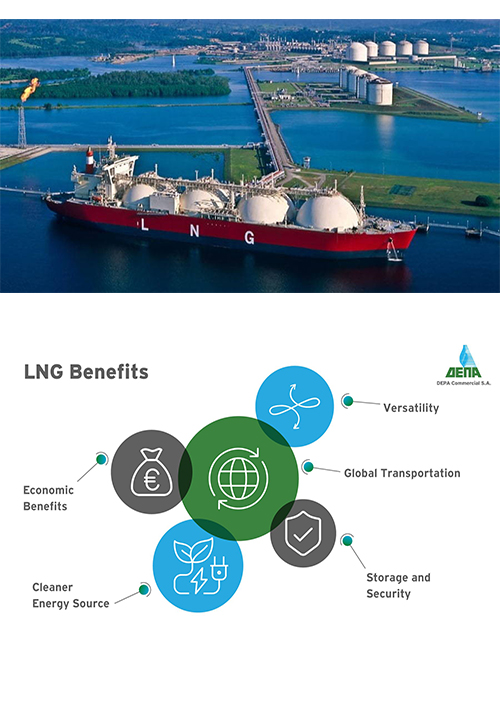


Liquefied Natural Gas (LNG) is natural gas which is cooled down to approximately −160 °C. By cooling the gas, it becomes liquid and takes up around 600 times less volume, meaning it can be transported by sea around the world in specialized ships. Primary uses for LNG include electricity production, feedstock for chemicals, fertilizer and hydrogen production.
LNG is rapidly playing a bigger role in the energy mix, with market growth predicted at 5% annually. Global demand could rise from 240 million tons per year to 430 million tons by 2025. Qatar continues to be the world’s largest LNG exporting country, accounting for 30% of global trade. Other major exporters include Australia, Malaysia, Nigeria, Indonesia, and Russia.
One of the major advantages of LNG is that, unlike pipeline gas, LNG cargos can be redirected to different parts of the world in response to regional flections in supply and demand. As a result, gas markets are likely to become more integrated across the world. Coupled with a projected growth of 4% – 6% per year, it is expected that LNG will account for around half of all globally traded gas by 2035, up from 32% now. As trends toward clean energy continue, it is also likely that LNG will see applications beyond heating and energy.